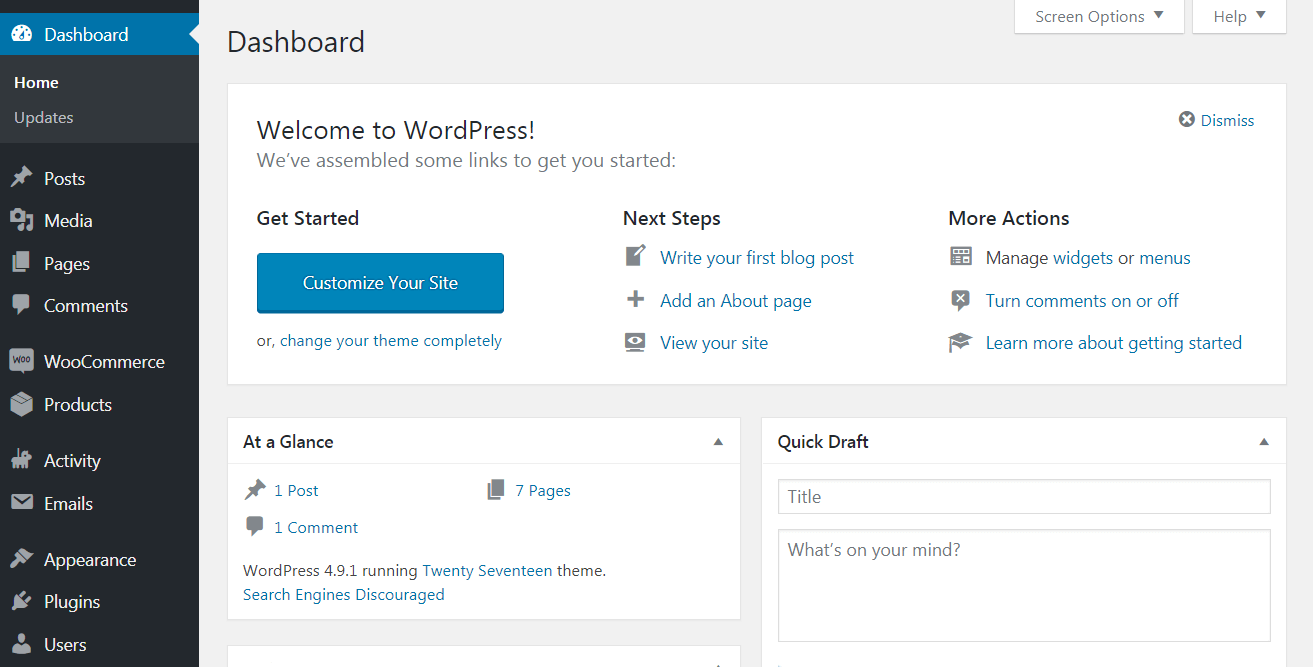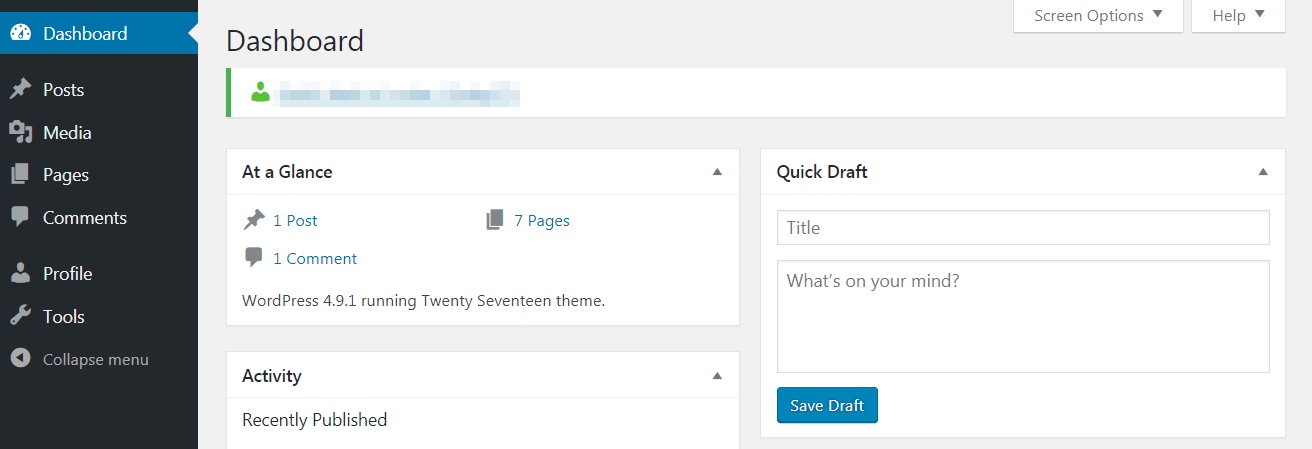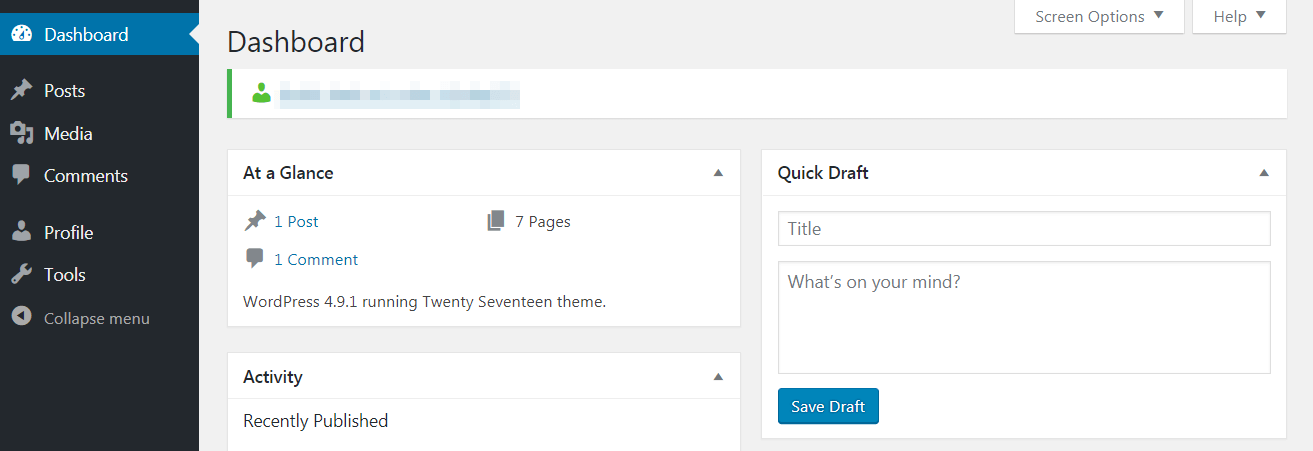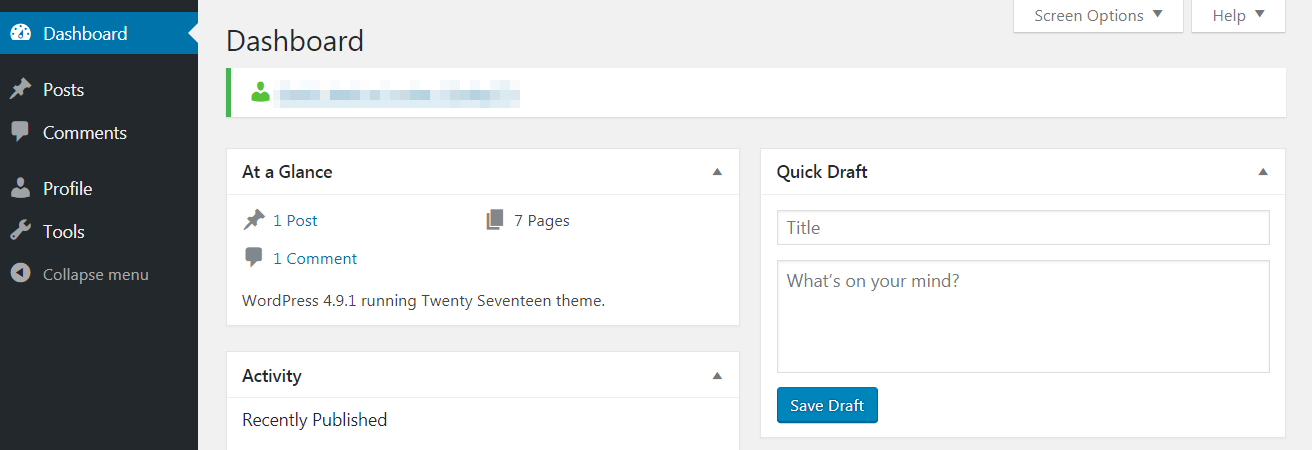what does wordpress use to control user access to different features
Themeisle content is gratuitous. When you purchase through referral links on our site, we earn a commission. Learn More
If yous're the only person running your website, you've probably never had to recall almost WordPress user roles. However, if you ever demand to give other people admission to your WordPress site, WordPress user roles are essential for decision-making what actions the various users at your site are permitted to have
By smartly applying WordPress user roles, you ensure that no i has more "ability" than they demand. And this helps make your site more secure and streamline your workflow.
In this guide, nosotros'll explain what WordPress user roles are and why they matter. So nosotros'll walk you through each default function earlier offering some tips on how to utilise them effectively. Let's begin!
What WordPress user roles are (and why they matter)

User roles enable you to manage your website team finer.
WordPress user roles define what actions each user at your site is allowed to perform. These deportment are calledcapabilities. For instance, the ability to publish a WordPress post is one "capability", while the ability to install a new plugin is another "capability".
Then at a unproblematic level, user roles are just a collection of different actions (called capabilities) that a user with that role is allowed to perform.
WordPress user roles are important because they:
- Help secure your WordPress site by ensuring that users don't have access to things they shouldn't have. For instance, you don't want an untrusted user to take the ability to install new plugins on your site.
- Tin can help you define your workflows. For example, WordPress has pre-made user roles that yous tin can utilise to authors on your site to give them admission to just the functionality they need to write WordPress posts.
The six default WordPress user roles
Out of the box, WordPress includes six dissimilar user roles. Understanding each one is central if you desire to protect your site and ensure your squad works more finer. Let'south take a expect at each of these roles in turn.
Nosotros'll besides show you what the WordPress dashboard looks like from the perspective of each role.
1. Administrator

This is the role assigned to you when you create a website. The ambassador is at the very top of the hierarchy (unless you're running a Multisite installation, which we'll discuss before long). In most cases, at that place is only one, and they are able to admission all the functions of the WordPress backend.
Administrators are able to doeverything. This user role tin can, in role:
- Create, edit, and delete any content
- Manage plugins and themes
- Edit code
- Delete other user accounts
Administrator is the most powerful user role and should rarely be assigned to any other account. If you give someone else this user role, you're essentially giving them the keys to the castle. So be careful!
2. Editor

As the name of this user office suggests, an editor is mostly responsible for managing content and thus has a high level of access. They can create, edit, delete, and publish both pages and posts – even those belonging to other users.
An editor can also:
- Moderate comments
- Manage categories and links
However, they cannot make site-wide changes such as calculation plugins and themes or installing updates. Instead, they are responsible for overseeing the work of authors and contributors.
iii. Author

An writer has far fewer permissions than editors. They cannot edit pages and are unable to change other users' content. In add-on, they lack whatever sort of administrative capabilities.
What they tin can do is create, edit, delete, and publish their own posts (and upload media files). This makes their part pretty clear – authors are responsible for creating content, and nothing more.
4. Contributor

The contributor part is essentially a stripped-downwards version of the author role. A contributor is but able to perform three tasks – reading all posts, as well as deleting and editing their ain posts. This role is quite limited since it doesn't enable users to publish posts or upload media files. However, it's platonic for 1-time and new content creators.
5. Subscriber
Subscribers have only 1 chief capability and their WordPress dashboard is commonly incredibly bare. They tin can read all posts on the site (as well as manage their ain profiles). Normally, anyone tin can read posts without beingness assigned a part, so not all sites volition utilize this option. However, it comes in handy for subscription-based sites, where you want to enable access to content only for certain people.
half-dozen. Super Admin
Finally, we'd be remiss if nosotros didn't mention the super admin role. This part only applies to Multisite installations – networks of connected WordPress sites. The super admin is responsible for the entire network and can make high-level changes such as calculation and deleting sites. They can also manage the network's users, themes, plugins, and more. As such, their dashboard looks similar to a regular Ambassador.
When there is a super admin, the regular administrator role is somewhat modified. For instance, regular admins on WordPress Multisite networks tin no longer install, upload, and delete themes and plugins, nor tin they alter user data. These capabilities are reserved for the super admin.
As an instance of how these roles collaborate, the super admin tin can decide what plugins to install on the network, and individual site admins can but choose whether or not to activate them.
A deeper look at what the WordPress user roles can practice
If you want a deeper, only less beginner-friendly, summary of what each WordPress user role can do, we recommend that y'all view the Capability vs. Role Table at the WordPress Codex. Information technology lays out the specific actions that each default user role can take on your site.
How to use user roles effectively on your website
Understanding the diverse user roles is important, merely so is knowing how to apply them correctly.
Every site is a little different, simply here are a few tips for making the all-time use of this characteristic:
- Give each user simply the level of access they need. This is cardinal for security, and so no one tin can make unapproved changes or delete content accidentally.
- Proceed the number of user roles at the top limited. A solid rule of thumb is to stick with i ambassador and a few trusted editors. The Author role tin can be assigned to regular content creators who have proven themselves, and new or one-time writers tin simply be given the contributor role.
- Effort using plugins to customize your user roles. The default organization is effective, but you may benefit from a plugin to enhance its functionality. User role plugins enable you to create your own specialized roles, alter the existing ones, and more. We recommend starting with the aptly-named User Office Editor.
And always call up – when in dubiety, information technology's ameliorate to assign too few permissions than besides many.
Conclusion
The primal to managing an effective team is clearly defining each person'south part and responsibilities. Fortunately, WordPress offers a built-in way to do this. Through careful employ of WordPress user roles, yous can heighten security and efficiency on your site.
First, you'll desire to make sure you understand the v (sometimes 6) basic user roles in WordPress, and what each is capable of. And so, you tin can follow a few simple techniques to have advantage of this characteristic. For example, consider keeping your puddle of top-level users small, only assigning what permissions are necessary, and using plugins to customize your roles.
Do you have whatever questions about how WordPress user roles work? Ask away in the comments department below!
Free guide
v Essential Tips to Speed Up
Your WordPress Site
Reduce your loading fourth dimension by fifty-fifty 50-lxxx%
just by post-obit simple tips.
Download free guide
hammackpregivempank.blogspot.com
Source: https://themeisle.com/blog/wordpress-user-roles/
0 Response to "what does wordpress use to control user access to different features"
Post a Comment